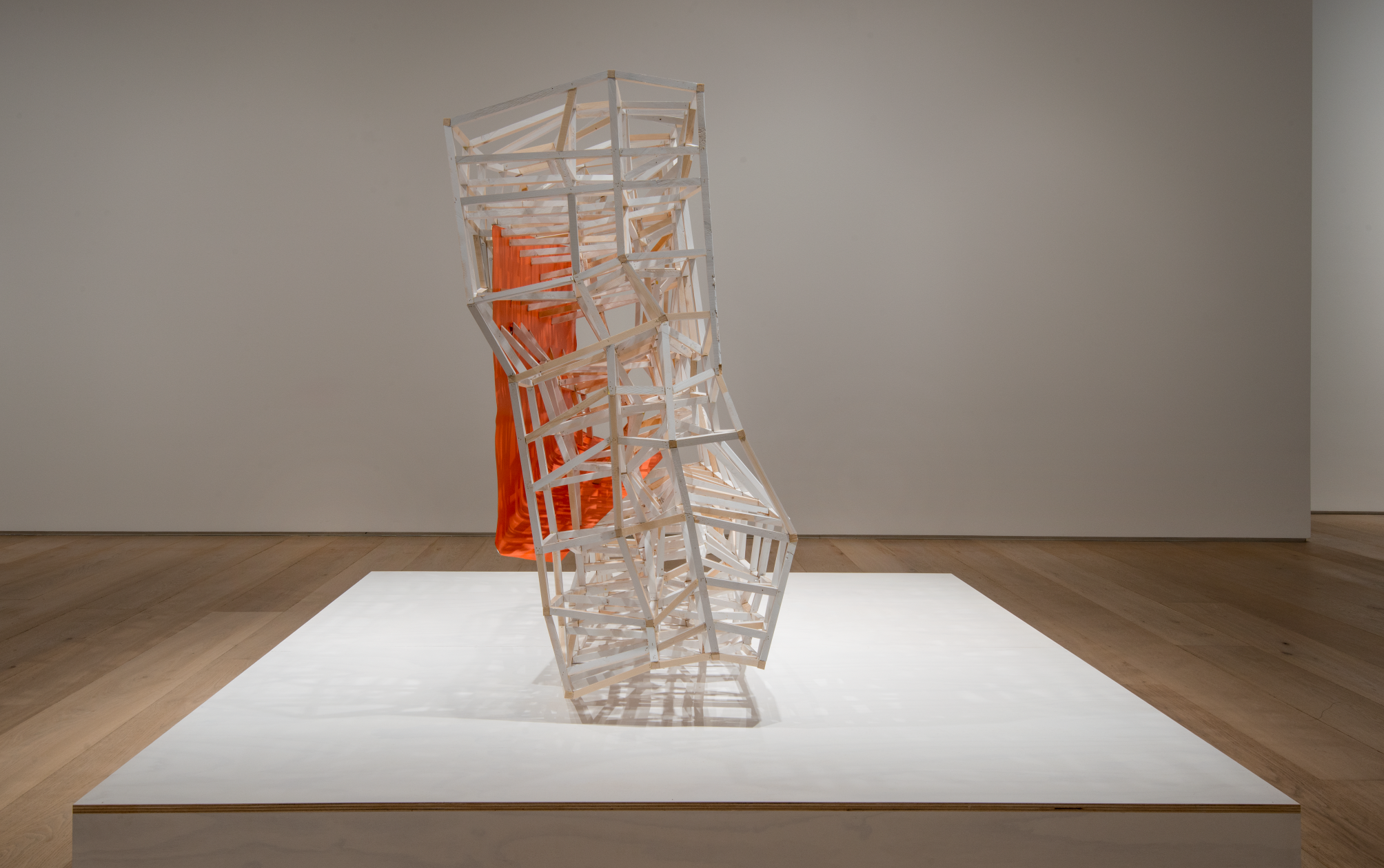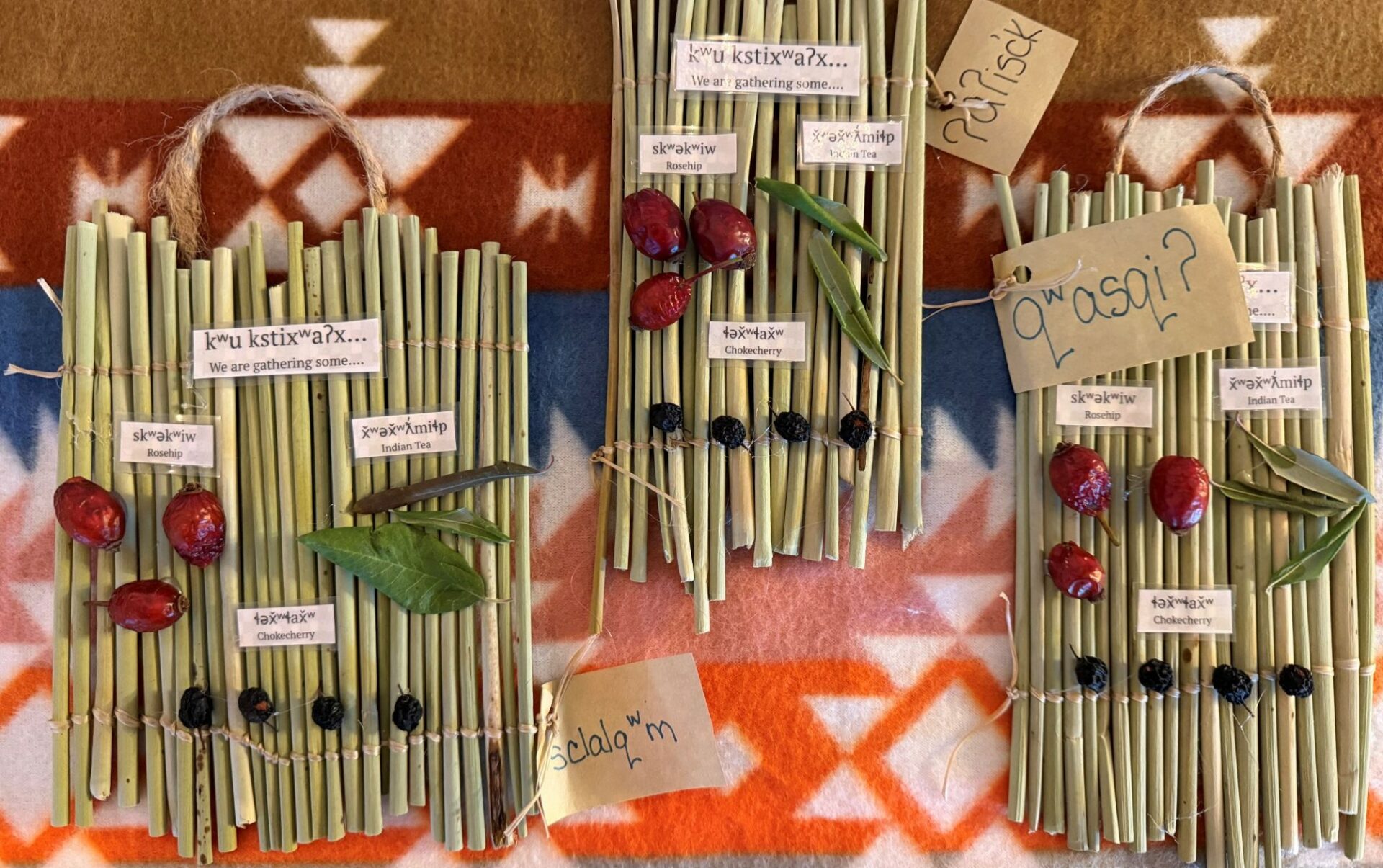Exposed! VPAG Member Exhibition
Exhibition on view from October 16 – December 18
Members are invited to submit to this year’s edition of Exposed!, the Vernon Public Art Gallery’s annual members’ exhibition celebrating the creativity and talent of our community. This much-anticipated show offers artists of all backgrounds and experience levels the opportunity to present their work in a professional gallery setting.
As a fundraiser for the Gallery, artists are encouraged to make their works available for sale, with a portion of proceeds supporting VPAG’s exhibitions and programs. New this year, however, members may also choose to list their work as Not For Sale (NFS), ensuring that everyone can participate without the pressure of selling.
Above all, the Members’ Exhibition is about giving back to those who support us year-round. This is your opportunity to bring out your best work and share your talents with the community in a professional gallery environment. We are proud to showcase the diverse creativity of our membership and to celebrate the vital role you play in sustaining the arts in our region.
How to Participate
- Open to all current VPAG members
- Submit up to two artworks in any medium (painting, sculpture, photography, mixed media, etc.)
- Maximum size: 24 x 36 inches (2D) or 50” total dimensions (3D)
- Works must be ready to hang or display
- Sales encouraged as part of our fundraiser (30% commission applies), with the option to list works as Not for Sale (NFS)
- Works must be delivered to the Gallery on or before October 3, 2025
*New* this year we’ve added an NFS (Not-For-Sale) option for artists who wish to participate but do not want to sell their work. While this exhibition remains a gallery fundraiser, we also recognize that offering a platform for members to share their artwork without the pressure of sales is important. This shift is part of our longer-term vision to transform the Members’ Exhibition into a fully Not-for-Sale exhibition, reflecting our role as a public gallery where the focus remains on presenting art in a non-commercial context. Above all, this exhibition is about celebrating you and your creative contributions to our community!
Related Events
May 29 @ 5:30 pm – 6:30 pm
The Vernon Public Art Gallery will host its AGM on May 29, 2025 at 5:30 pm.
We invite members of the VPAG, along with the public to attend and join us for a recap on activities from 2024. Copies of the Annual Report will be available in person and online.
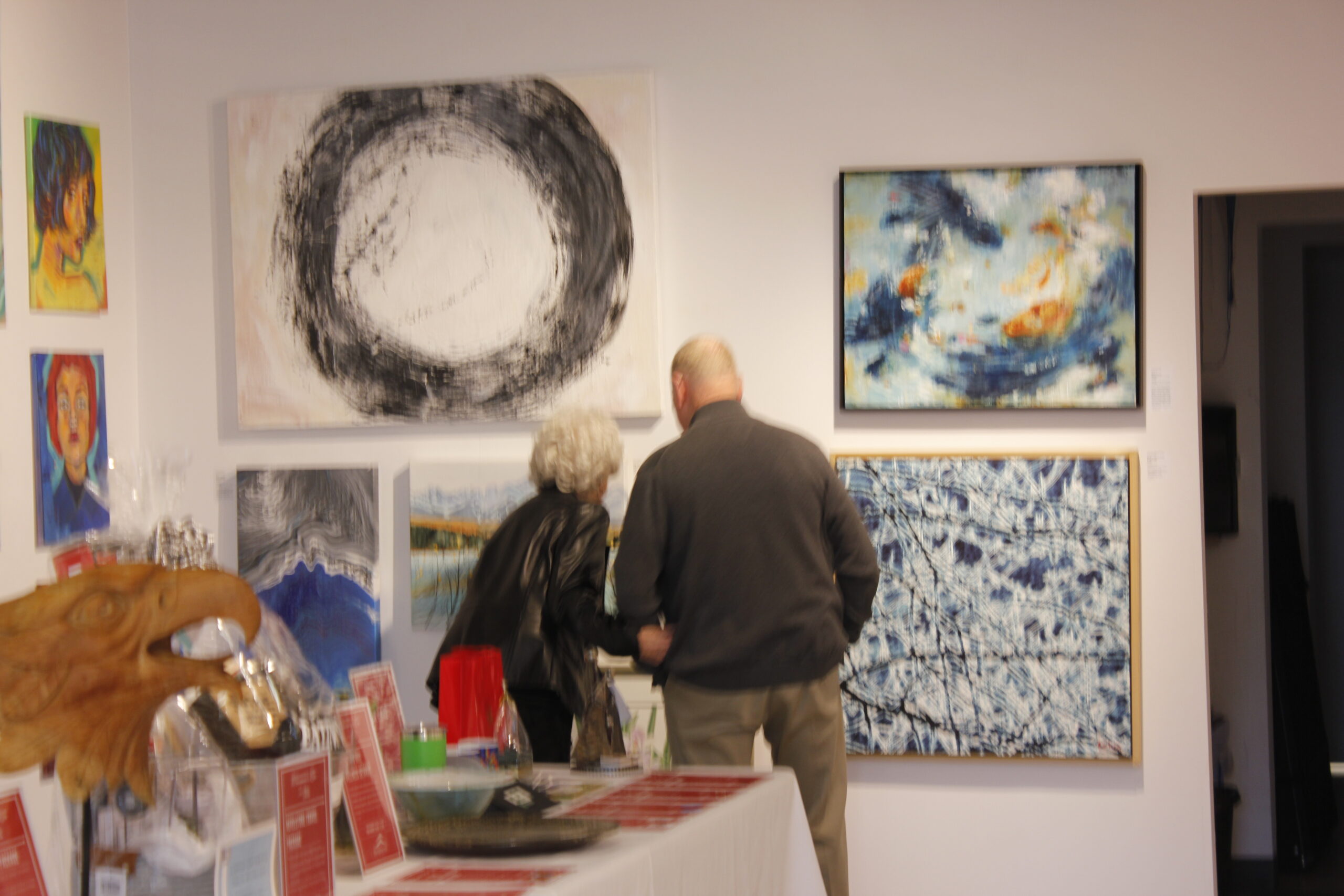
May 22 @ 10:00 am – June 13 @ 5:00 pm
SD#22 Indigenous Students
Community Gallery
May 22 – June 20, 2025
Gathered celebrates the creativity, cultural knowledge, and artistic expression of Indigenous students from across School District No. 22. Showcasing work by students from elementary through high school, this exhibition highlights a wide range of media.
The exhibition reflects both traditional knowledge and contemporary influences, with many students drawing from their cultural heritage while engaging with present-day themes and personal experiences. The result is a vibrant and diverse collection that speaks to identity, community, and the evolving nature of Indigenous art.
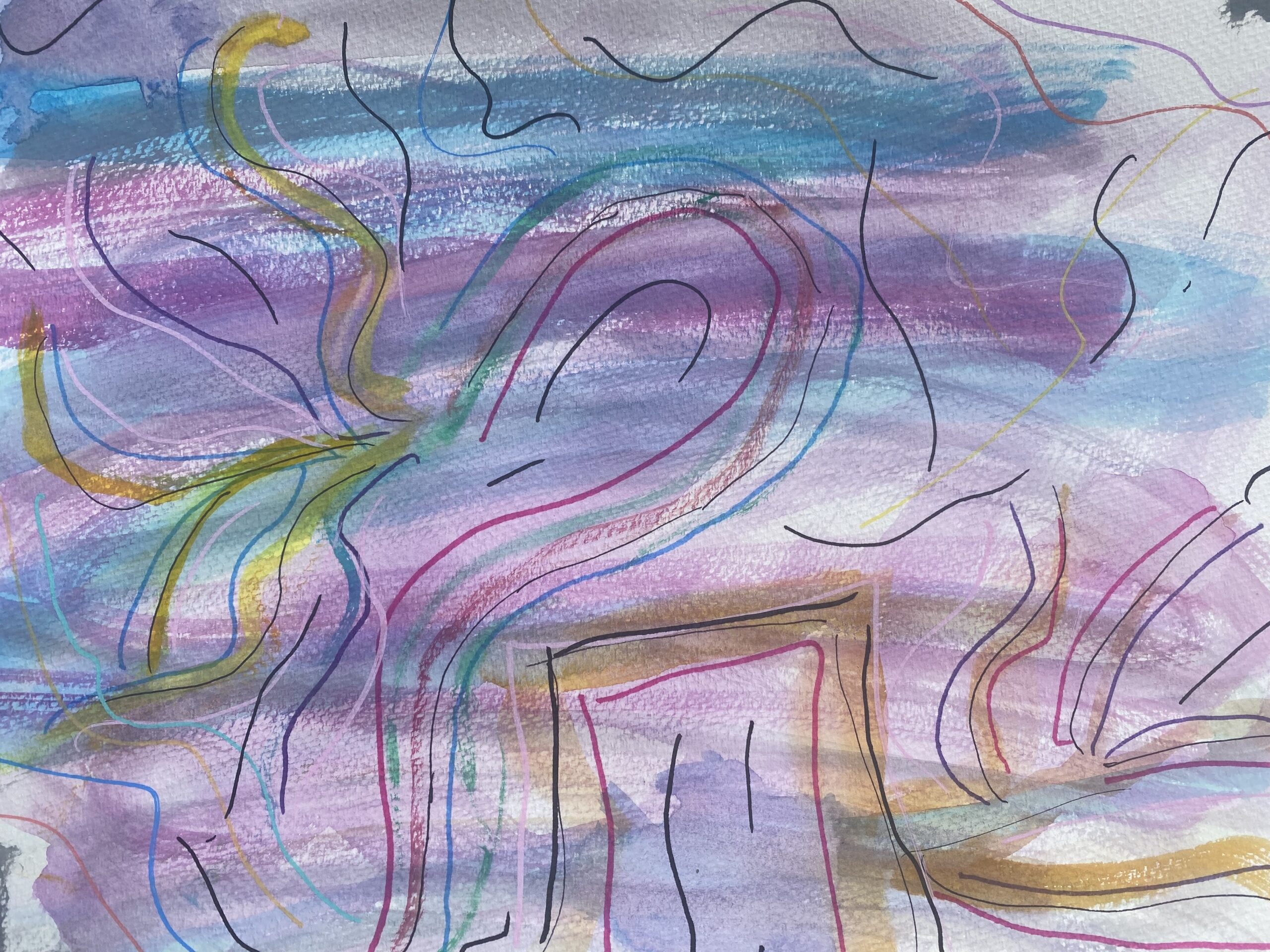
Image Description: Juliet Logan, gr. 5, Baeirsto
Related Events
May 22 @ 10:00 am – July 12 @ 5:00 pm
Nicola Tibbetts
Caroline Galbraith Gallery
May 22 – July 12, 2025
In Nicola Tibbetts’ Smoky Summers, the landscapes we think we know are rendered through the soft veil of smoke – a filter that is no longer temporary, but emblematic of a broader ecological shift. These quiet, expansive oil paintings speak to the visceral and visual impact of climate change on the West Coast of Canada. They are not overtly didactic or alarmist; rather, they are quietly devastating in their familiarity. The scenes Tibbetts depicts – recreational lakes, basketball courts, mountain ranges – are recognizable to many who live in British Columbia. But beneath their calm surfaces lies a shared, unsettling truth: summer is not what it used to be.
The title of the exhibition, Smoky Summers, evokes both nostalgia and disruption. Where summer once meant blue skies, carefree days, and a reliable rhythm of warmth and recreation, it now increasingly signals evacuation alerts, smoke advisories, and the dread of escalating wildfire conditions. In her artist statement, Tibbetts reflects on the changing character of summer: “Wildfires, a new summer reality, and the smoke that envelops the landscape in inescapable.” The work emerges from lived experience – both personal and collective – offering a visual archive of summers marked by crisis yet tinged with beauty and resilience.
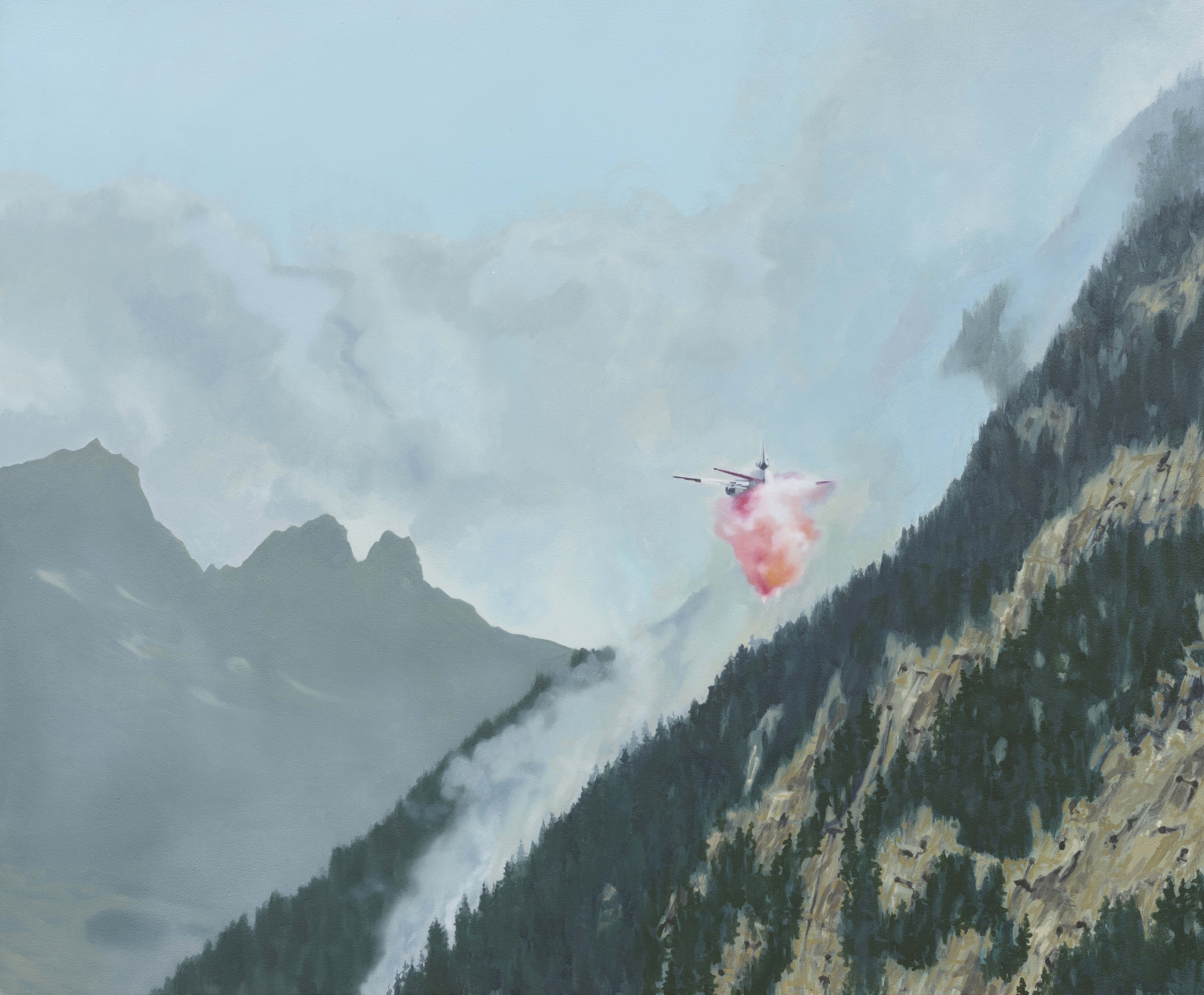
Image Description: Nicola Tibbetts, Airplane with Pink, 2024, Oil on Panel
Related Events
May 22 @ 10:00 am – July 12 @ 5:00 pm
Amy Bugera, Brenna Lam Kennedy, Ella Cottier, Faith Bye, Fredrik Thacker, & Kate Nicholson
Topham Brown Gallery
May 22 – July 12, 2025
Emergence is an annual group exhibition showcasing the work of graduating students from the University of British Columbia Okanagan’s Bachelor of Fine Arts and Bachelor of Media Studies programs. This year’s exhibition features six emerging artists working across painting, photography, sculpture, installation, assemblage, and digital media.
Each artist draws from personal experience, critical theory, or cultural observation to create work that engages with pressing contemporary themes. From interrogations of consumerism and environmental degradation to explorations of memory, grief, sexuality, and identity; Emergence presents a deeply considered and diverse body of work. These practices traverse the boundaries between tradition and experimentation—some manipulating family archives and found materials, others working with digital manipulation or painterly abstraction.
Since 2009, the Vernon Public Art Gallery has proudly supported the final exhibitions of BFA/BMS graduates from UBC Okanagan. This annual showcase continues to serve as a platform for emerging artists to present ambitious work to new audiences and step into the next phase of their creative journeys. Emergence invites viewers into intimate, challenging, and thoughtful visual worlds shaped by a generation of artists who are attuned to the complexities of the present moment.
Amy Bugera
Amy Bugera critiques the spectacle of consumer culture through print-based installation. Drawing influence from Guy Debord’s theories on media, advertising, and capitalist disillusionment, Bugera examines the ways in which platforms like Amazon mediate our experiences through reductive, persuasive design. Her work manipulates familiar digital commands such as “Add to cart” or “Buy now,” transforming them through encaustic print processes to highlight their absurdity and ubiquity. By repeating and distorting these icons, Bugera reveals how advertising functions as a tool of disconnection—encouraging consumption while suppressing reflection. Her practice is both satirical and sincere, inviting viewers to pause and reconsider the systems we navigate daily.
Brenna Lam Kennedy
Brenna Lam Kennedy is a multimedia artist and photographer whose work reflects on intimacy, time, and digital mediation. In her photographic series Proximity, Kennedy captures tender moments between subjects, where these images exist outside linear time, imbued with warmth and a quiet sense of longing. Subtle digital interventions and filmic colour grading collapse the distance between viewer and subject, heightening the emotional resonance of touch and gesture. Kennedy’s interest in the temporality of relationships is central to her practice: how we mark moments of closeness, how we remember them, and how digital technologies alter our perception of time itself.
Ella Cottier
Ella Cottier’s sculptural installation Cans investigates the ecological, archaeological, and philosophical implications of what we leave behind. Working with slip-cast ceramic forms derived from discarded aluminum cans, Cottier explores the tension between the “natural” and “unnatural” in the Anthropocene. Her practice considers trash as artifact, reframing the overlooked or unwanted as future remnants of our current civilization. While the work is rooted in environmental concern, it also evokes a meditative sensibility—drawing attention to our embeddedness in ecological systems. By casting everyday waste in fragile ceramic, Cottier prompts viewers to reflect on legacy, permanence, and the quiet material traces of human activity.
Faith Bye
Faith Bye’s mixed-media paintings explore the emotional weight of everyday objects through acts of memorialization. Created in the aftermath of her grandmother’s sudden passing, Bye’s assemblages incorporate inherited domestic items—band-aids, sheets, household ephemera—embedded into sculptural grounds of modeling paste, gesso, and acrylic medium. These physical materials are then overlaid with painted still-life scenes, allowing the boundary between the real and the represented to blur. Her work speaks to the quiet rituals of grief and remembrance, and how material things—once ordinary—become saturated with memory. Through painterly layering, Bye constructs intimate dialogues between loss, family, and the texture of daily life.
Fredrik Thacker
Fredrik Thacker’s expressive paintings are visceral interrogations of queer desire, sexual consumption, and the politics of visibility. Drawing on pornography as both subject and conceptual framework, Thacker collapses bodies into abstracted forms that pulse with intensity and urgency. Influenced by theorists like Linda Williams, his work probes the ways pornographic images are consumed, fragmented, and fetishized—particularly in relation to queer and trans identity. Through rapid paint application, mixed media layering, and disrupted figuration, Thacker recreates a “frenzy of the visible,” evoking what he describes as visual “regurgitation” of desire and disgust. His paintings simultaneously seduce and resist, offering no stable ground for interpretation.
Kate Nicholson
Kate Nicholson’s paintings reflect on the instability of memory, the complexities of growing up, and the disorientation of nostalgia. Using family photographs as source material, Nicholson reinterprets childhood scenes through a mix of figuration and gestural abstraction. Her works disrupt the original images with energetic markings and overlays, creating a sense of interference—like a corrupted digital file or fleeting mental image. The result is a visual language that is both deeply personal and broadly relatable, capturing the tension between sentimentality and unease. Nicholson’s practice sits at the intersection of memory and media, probing how we reconstruct the past and contend with its emotional residues.
In Conclusion
Together, the works in this years Emergence exhibition reflect a generation of artists attuned to the social, environmental, and emotional contours of contemporary life. With practices grounded in research, lived experience, and material experimentation, these artists offer not only a snapshot of where they are now, but a glimpse of where they are headed. The Vernon Public Art Gallery is proud to support these emerging voices at a pivotal moment in their creative evolution, and we look forward to seeing how their practices continue to develop and resonate beyond this exhibition.

Image Description: Brenna Lam Kennedy
Related Events
May 24, 2024 @ 11:00 am – 4:00 pm
SD 22 Indigenous School Students
Gathered
Exhibition on view from May 22 – June 13
Gathered celebrates the creativity, cultural knowledge, and artistic expression of Indigenous students from across School District No. 22. Showcasing work by students from elementary through high school, this exhibition highlights a wide range of media.
The exhibition reflects both traditional knowledge and contemporary influences, with many students drawing from their cultural heritage while engaging with present-day themes and personal experiences. The result is a vibrant and diverse collection that speaks to identity, community, and the evolving nature of Indigenous art.

Image Description: Juliet L, gr. 5, Baeirsto
March 15 @ 10:00 am – April 10 @ 5:00 pm
SD#22 Elementary Students
Community Gallery & Up-Front Gallery
March 15 – April 10, 2025
Opening Reception: March 15, 2025
Art from the Heart is the annual exhibition by elementary students from School District No.22. Their artwork delights viewers with their creativeness under the guidance of their art teacher. The opening day for the exhibition is Saturday, March 15th, please join us in celebrating this beautiful exhibition with all the artists and their loved ones.
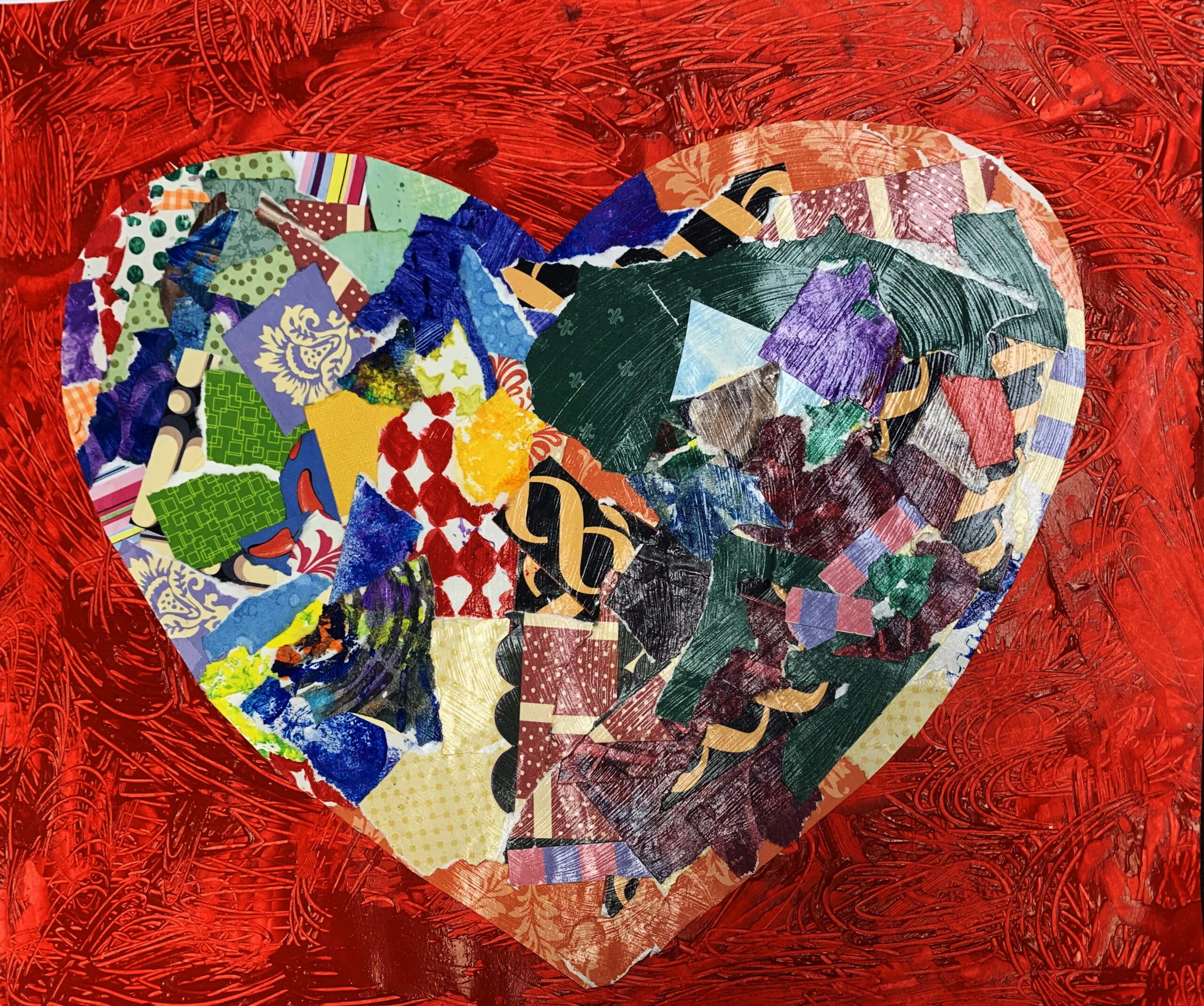
Related Events
March 13 @ 10:00 am – May 13 @ 5:00 pm
Isabelle Hayeur
Topham Brown Memorial Gallery
March 13 – May 13, 2025
Opening Reception: May 13, 2025
Major bodies of works in Hayeur’s studio practice are focused on environmental changes caused by human development or natural causes. Her photographs document the destruction of natural habitats and whole ecosystems. The exhibition titled Wild Times presented at the Vernon Public Art Gallery consist of photographs of landscapes affected by forest fires in Quebec and British Columbia in the 2020 and 2021 summer seasons. The photographs from sites near Las Saint-Jean depict the after effects of the wildfire which changed the ecosystems in the largest forest fire in the province’s history. The images captured in 2021 show the active fires in British Columbia. The oppressive plumes of raising smoke changed the appearance of the landscape and the thick smoke was hardly penetrated by the sun’s rays. The toxic smoke drifted through large areas and the images captured from satellite views exemplified the apocalyptic scale of the burning infernos.
Hayeur’s focus on environmental changes is also a critique of environmental stewardship and management of the forests. Western Canada and the United States have been affected by the climate change and, specifically, prolonged droughts contribute negatively to the fragile ecosystems. In her statement she points out that forest companies harvest timber from ecologically diverse ecosystems, but replant logged areas with monocrop species which inevitably do not contribute to the ecological diversity of healthy forests. She also questions the continuous suppression of forest fires which results in the excessive fuel load on the forest floor. Her works advocate indirectly for prescribed burning, a practice which reintroduces fire as natural part of a healthy ecosystem. Hayeur’s exhibition Wild Times contains images of cataclysmic active fires and resulting destruction of natural environments. The images of burnt forests invoke the feeling of existential angst which serve as powerful memento mori for all humanity to contemplate.

inkjet on photo paper mounted on aluminum panel, 42″ x 41″ / 107 cm x 104 cm
Related Events
August 23 @ 7:00 pm – 11:00 pm
Save the date! August 23rd, 2025 @7-11pm
Hosted by the Vernon Public Art Gallery, Riot on the Roof is the Okanagan’s annual celebration of emerging artists and musicians. Settled in the heart of Downtown Vernon, this lively arts festival features a diverse array of creative expressions including painting, printmaking, sculpture, film, animation, interactive art, and more.
This year, we’re excited to introduce a mannequin decorating contest! Attendees will have the chance to vote on their favorite decorated piece, take part in creative activities, and listen to live music. Join us in celebrating the Okanagan’s growing arts and culture community! All ages are welcome. Purchase tickets below!
Follow us on Instagram!
PURCHASE TICKETS HERE:
A BIG THANK YOU TO THIS YEARS SPONSORS:




February 11 @ 7:00 pm – 9:00 pm

VPAG & The Vernon Winter Carnival Present Pinot & Paint
Join us on February 11th for a painting event, hosted by local Artists Mandi Irmen and Christine Kashuba for an evening of creativity, laughter, good company and wine.
In conjunction with the Vernon Winter Carnival’s Back to the 80’s theme, we will be painting Keith Haring’s iconic work Best Buddies Pop Shop I (A) from 1987. Haring was an American artist whose pop art emerged from the New York City graffiti subculture of the 1980s. Launched in 1986, Pop Shop I was a revolutionary concept that blurred the lines between commercialism and high art. An extension of his work, the boutique sold prints, T-shirts and novelty items with Keith’s imagery as well as some of his contemporaries, like Kenny Scharf and Jean Michel Basquiat.
Best Buddies remains a testament to Haring’s commitment to accessibility and his belief that art should be for everyone. Aligning with our Mandate to promote and encourage visual arts in the broader community, Best Buddies exemplifies Haring’s dedication to using art as a medium for social change, encouraging dialogue, and breaking down the exclusivity often associated with the art world.
Tickets can be purchased via the Vernon Winter Carnival’s website, bring your group, your friends or just yourself and enjoy a relaxing and creative evening
